The more successful the pre-production phase , the better your shot will be.
STEP 1: TECHNICAL CUTTING
It’s the director who does it: it’s the textual version of the film sequences, a written version of the sequences of your film, plan by shot. In your head, you will have to cut your sequence into several planes and ask them in writing.
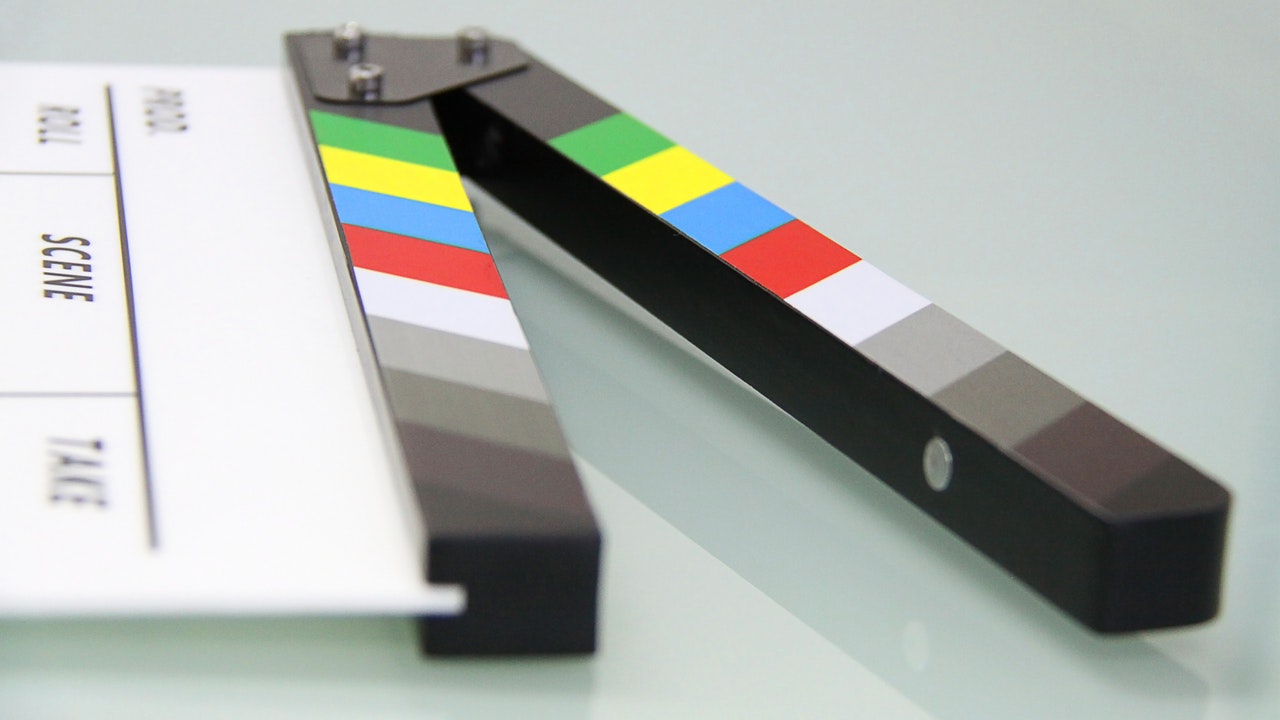
There are several ways to make a DT , but show at least the value of your plan: close-up, closeup chest, American plan, etc., and angle: the profile, 3/4 …
You can also add a lot of other information, some even indicate the choice of focal length. Also specify if the plan is fixed or moving.
The DT will allow you to know what you need to turn on the day It is essential and not negotiable, except really if you want to make a small Youtube video sketch field / reverse shot in wide … In all other cases, it will take do a Technical Cutting. More collaborators will participate in your shooting, plus the Technical Decoupage will have to be clean, precise and developed.
STEP 2: THE COUNTING
Done by the assistant director , this document gathers several: there will be a stripping by sequence. For each, we will list the accessories, sets, actors (main or extras) and other needs (machinery, cars, animals, etc.)
It comes in a table format and there will be one for each sequence. When you are going to organize your sequence, you will have the corresponding file with all the needs. The counting will also help to organize the work plan .
STEP 3: THE FORECAST BUDGET
It is established by the Production Manager . This is a table that lists all the expenses of your movie, divided into several large items. It’s quite complex to do for a feature film, it’s easier for a self-produced short film .
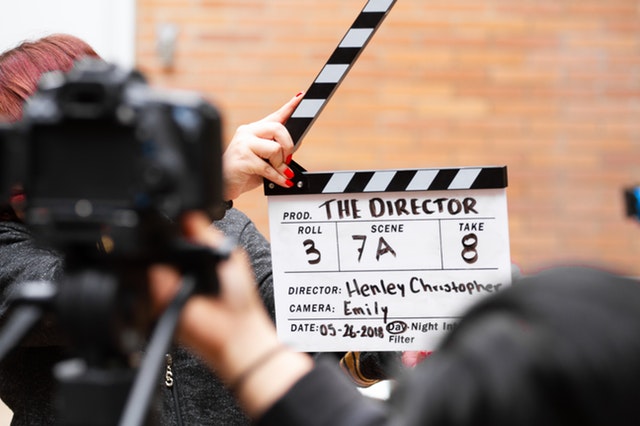 |
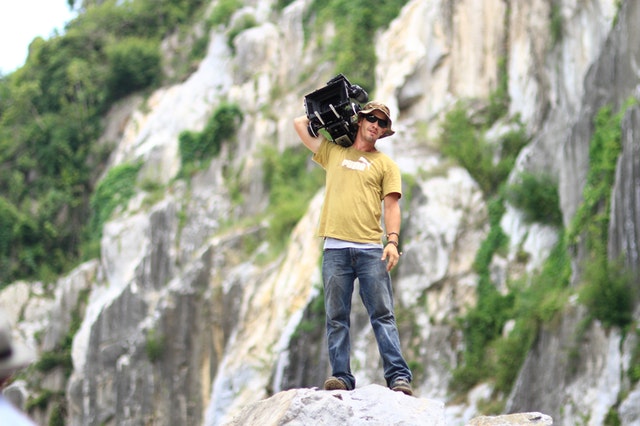 |
In the self-produced films, the most important position will be that of management: food and travel. For a feature film, it will rather be the salary item. If you want to have professional budget templates, you can download them from the CNC website.
STEP 4: FINANCING RESEARCH
In self-production, it is done instead by public type associative counters, such as the Region or the Commune. It is also possible to recover some money at the faculty level. On the side of private tables, some brands may sponsor you.
For professional projects, it is necessary to contact professional counters: TV channels, CNC, Regions, Sofia, etc.
All the help you will get will appear in a document called the financing plan, one of the essential pieces of the production file. The financing plan must be equal to your projected budget.
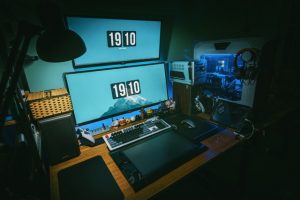 STEP 5: TECHNICAL LISTS OF HEADS OF POST
STEP 5: TECHNICAL LISTS OF HEADS OF POST
Once your bosses have had Technical Decoupage, participated in meetings with you and attended some location or seen photos, they will make a technical list of the equipment they need and will have to acquire.
There will be a technical list sound, a professional list image that should instead go to the professional rental companies or people to whom you rent the equipment. There will also be a list of decorations and an accessories list.
STEP 6: RECORDING LOCATIONS / AUTHORIZATIONS
It will have to look for places, make a location, take pictures, anticipate the constraints of sun, sound (ambient noise) and make a record for each position you have spotted.
Then you have to ask for filming authorizations. If you are a small team, you can also turn on the sly, that’s another possibility.
STEP 7: PREPARATION MEETINGS 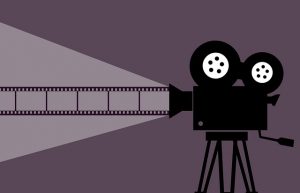
They take place with all the chiefs of the post. There can be as many as needed. It will be an opportunity to re-explain your vision of the project, ensure that everyone understands the concept of the director and anticipate all the constraints, to quickly see if what you want is possible or not. Then each head of the post will have a little preparation to do on his side.
STEP 8: THE WORK PLAN
It is done by the assistant director thanks to the counting. This is the optimal shooting schedule, based on the availability of sets, actors, budget. On feature films, it is often the availability of comedians that prevails.
These 8 steps are there to schematize things. There may be sub-steps and the order of flow is given as an indication, although the technical cut is often done first.
There will be several versions of all documents at each stage, including the work plan, especially on a feature film. I did not mention some ongoing substantive tasks, such as stewardship organization, logistics (food management, travel, etc.)




